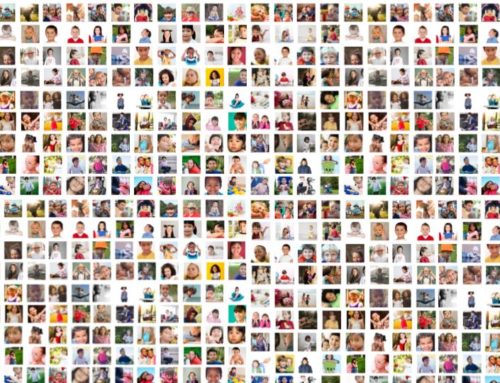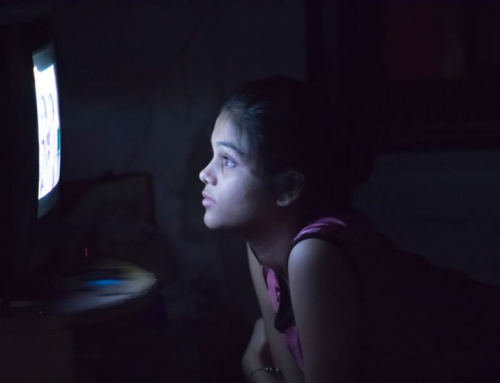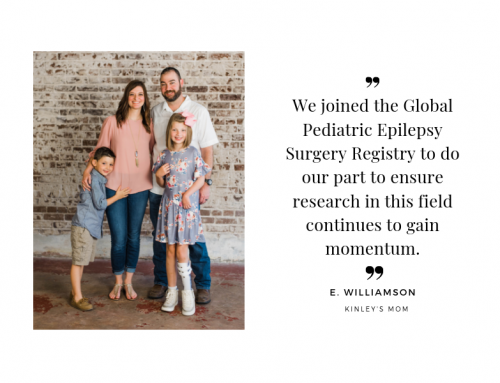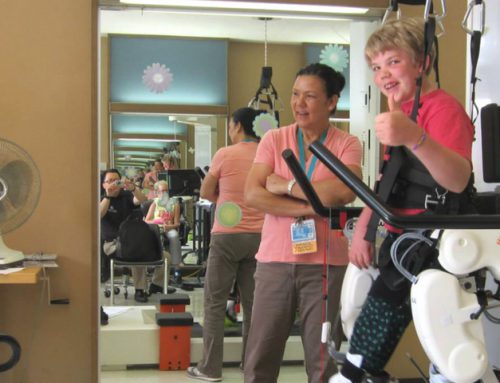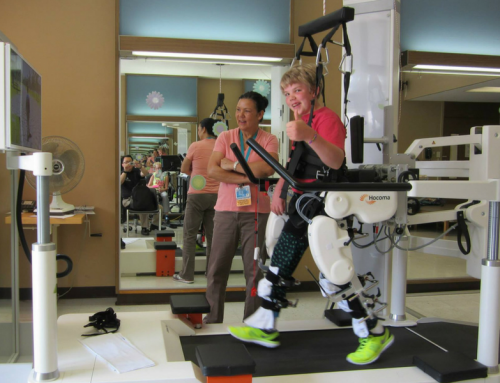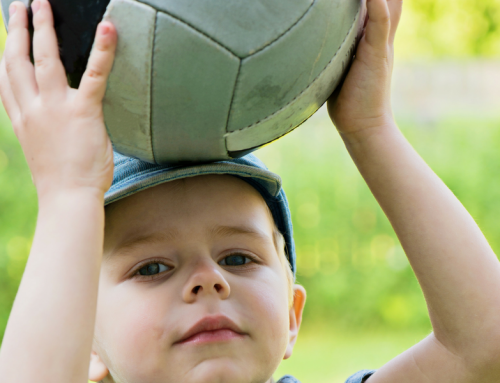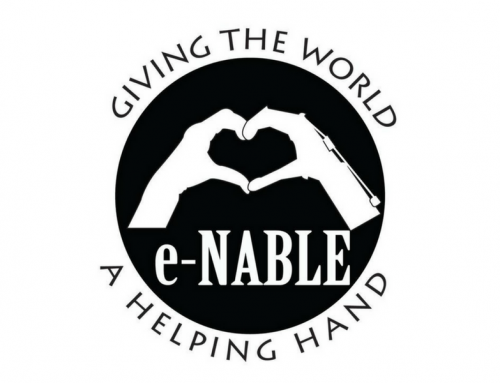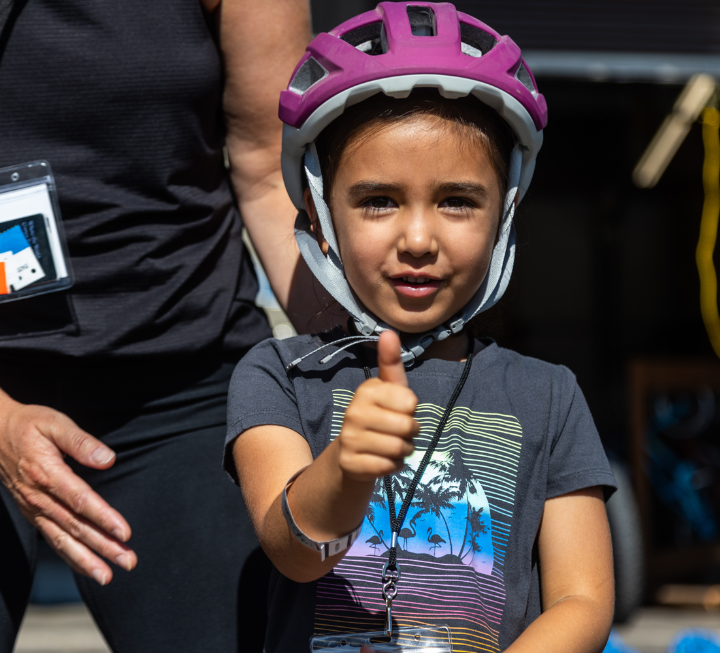The internet has changed the landscape for parents of children with disabilities. Years ago, a parent of a child with a rare condition or who had undergone an uncommon procedure like a hemispherectomy had few resources to draw from when trying to understand the full scope of outcomes and challenges their child would face throughout the lifespan. Today, there are countless websites of non-profit, governmental entities, and other groups with pages of information, as well as various portals through which parents and caregivers can conduct an in-depth search of research publications.
Social media has especially made a significant impact on the communication of information. Hundreds of Facebook pages devoted to conditions from Angelman’s to Zellweger syndrome help parents connected with other families and navigate complicated diagnoses. A parent of a newly diagnosed child anywhere in the world can quickly join a group, post a question, and receive responses from well-informed parents much further along in the journey than them.
But this is not enough.
Clinicians need published research to shape their treatment plans. A parent telling a doctor that they “heard it online” is unconvincing to the practitioner.
Insurance companies need published research to prove the efficacy of a treatment before they agree to pay for it.
School districts need evidence-based research methodologies to help educate a neurologically complex child.
This is why we are dedicated to initiating research at some of the world’s most prestigious institutions. We do this by making introductions across disciplines, hosting scientific workshops, funding research, and assisting with grant writing and submissions to scientific journals.
Here’s a partial list of publications in the pipeline that we have initiated, facilitated, funded in part, or co-authored:
- “Reading and Phonological Processing after Left Hemispherectomy” submitted to Cognitive Neuropsychology (with the USC and UCLA);
- “Receptive Syntax after Cerebral Hemispherectomy: The Strengths and Limitations of the Right Hemisphere” submitted to Epilepsy and Behavior (with USC and UCLA);
- “Reading Networks for English and Spanish in the Isolated Right Hemisphere” submitted to Neurocase (with UCLA);
- “Resting State Analyses of Reading Circuitry in the Isolated Right Hemisphere” manuscript in preparation (with University of Miami);
- Structural Changes Following Hemispherectomy: Voxel-Based Morphometry Analysis,” manuscript in preparation (with Univeristy of Jena, Germany);
- It Is Not What They Do, It Is How They Do It: Neuropsychological Profiles of 2 Young Adults after Right and Left Cerebral Hemispherectomy,” manuscript in preparation (with UCLA);
- “Comparing Reading Profiles of Children with Dyslexia and Cerebral Hemispherectomy,” manuscript in preparation (with Univeristy of Haifa);
- “Proceedings Of The International Workshop on Brain Plasticity, Hemispheric Specialization, and Neuro-Rehabilitation After Cerebral Hemispherectomy,” manuscript in preparation with conference speakers.





